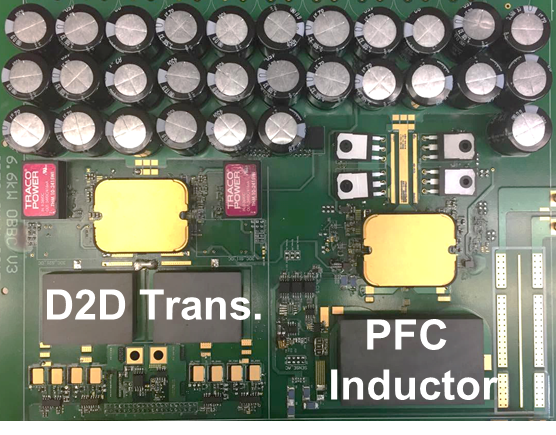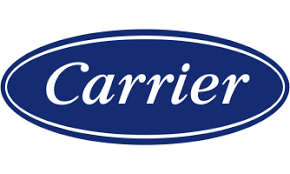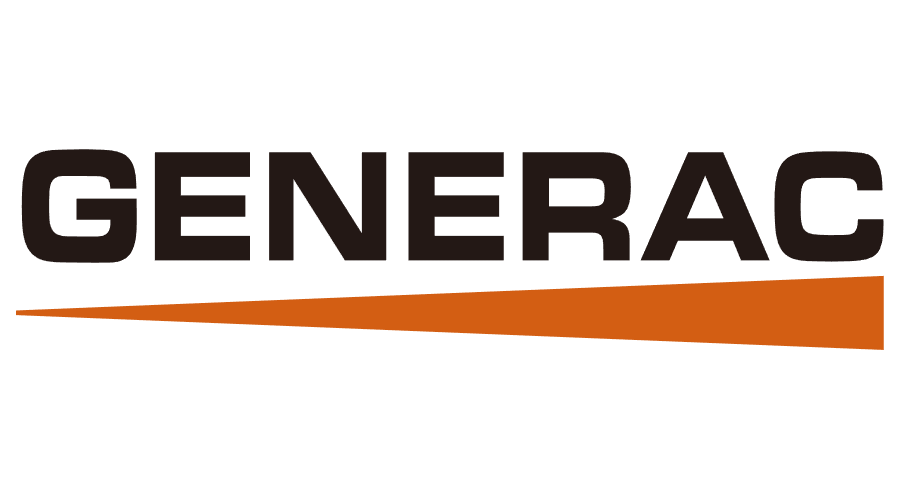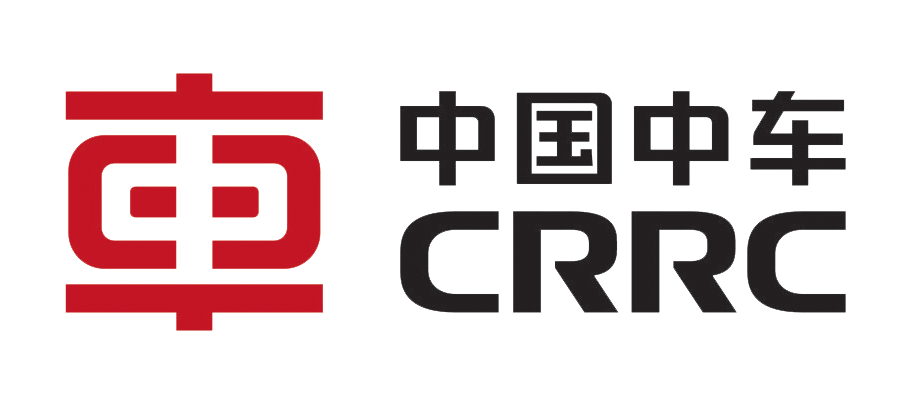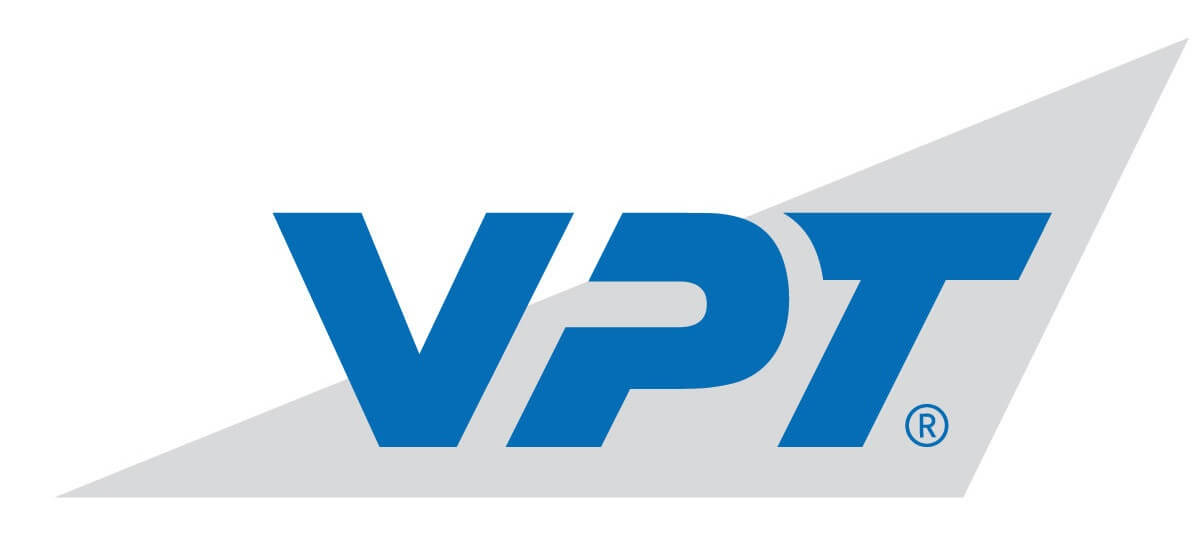RESEARCH
High-Frequency High-Density Bidirectional EV Charger
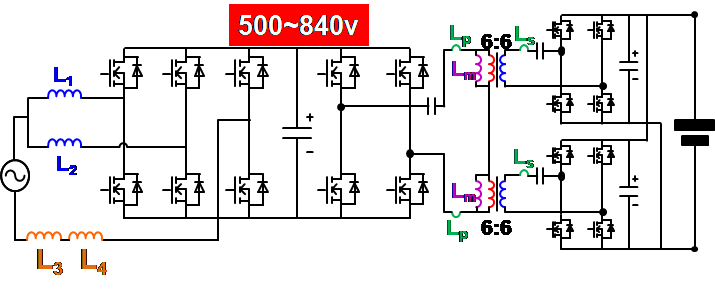
Our target is to push the switching frequency higher than 300 kHz to increase the power density up to 5 times the state-of-the-art with an efficiency higher than 96 percent.
In order to push for high switching frequency, a soft switching technique has to be utilized even for wide bandgap devices. For the ac-dc stage, a bridgeless totem-pole power factor correction (PFC) is the simplest topology compared with other PFC converters. With critical conduction mode (CRM) operation, zero voltage switching (ZVS) is achieved for all fast switches, making it an excellent candidate for high-frequency operation. In addition, the symmetrical structure guarantees easy bidirectional operation.
For isolated dc-dc converter, an LLC resonant converter has been widely used for high-frequency operation due the ability of the converter to achieve ZVS for all switches under all load conditions, as well as small turn off loss. However, due to an unsymmetrical resonant tank, the reverse operation of an LLC converter is different from forward operation, making design difficult for bidirectional application. Compared with an LLC resonant converter, a CLLC resonant converter features the same soft switching technique while having a symmetrical resonant tank, which is much more suitable for bidirectional operation.
However, one challenge for the magnetics integrated into a printed circuit board (PCB) is the interwinding capacitance and the design of this component with high power, high density and high efficiency, due to the limitation of high winding loss and high multilayer PCB cost. In this paper an improved design of a coupled inductor for the PFC stage with reduced interwinding capacitance, and an improved design of the transformer for the dc-dc stage with higher power density and efficiency are proposed. It is anticipated the improved designs will achieve a high total system efficiency higher 96 percent and high power density of 43 W/in3.
